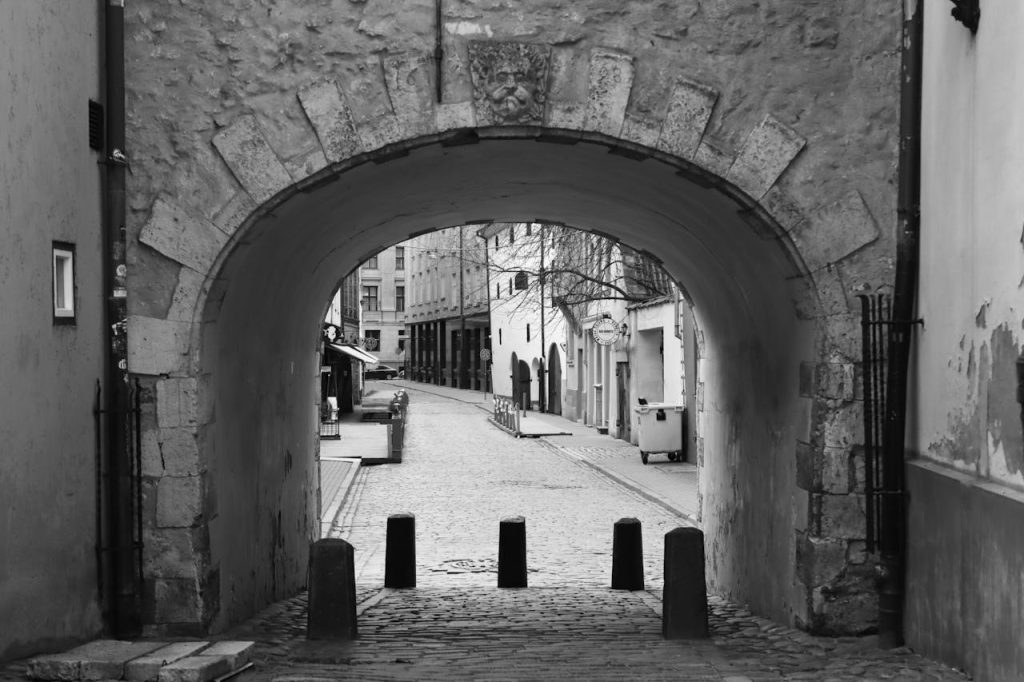Footpaths are not just stretches of stone or concrete. They are, in fact, pathways to health, independence, and dignity. For senior citizens especially, they can make the difference between an active lifestyle and one confined indoors. If our cities had good, safe, and well-illuminated footpaths, with occasional benches to rest, the health of citizens—particularly the elderly—would improve remarkably. The quality of life in their golden years would be more secure, graceful, and fulfilling. In short, we need to completely redesign the way we look at ageing and the spaces in which our seniors live.
I recently came across a report on Singapore that illustrates this point beautifully. Authorities there introduced several measures to encourage elders to walk. The results were outstanding. Today, an average Singaporean walks more than 10,000 steps a day. This is not accidental—it is the outcome of thoughtful urban planning that gives importance to pedestrian comfort and safety. Contrast this with India, where sadly, even youngsters walk very little. The difference lies not in motivation but in the environment that is created. If you provide safe, shaded, and pleasant spaces, people will naturally walk.
Doctors often tell us that “walking is the best exercise.” But many seniors tend to believe that when they walk slowly, or when their legs feel weak, it is due to paralysis or some serious illness. The reality is different. In most cases, it is muscle degeneration caused by inactivity. Medicines may help, but they are not the complete solution. The true remedy is movement—consistent, gentle, daily walking. For this, well-maintained footpaths are critical. They act as free, open-air gyms for all, and especially for elders who may not be able to afford or access fitness clubs.
Whenever we see movies shot abroad, we notice the wide, clean, and inviting footpaths. People stroll comfortably, children run freely, and the elderly walk with dignity. Such scenes evoke a silent longing—why can’t our cities be like that? Walking in such environments is not a chore but a pleasure. In fact, one often ends up walking more than planned, simply because the surroundings encourage it.
There are examples in India that point the way. In Puducherry, for instance, one of the main beach roads is closed to vehicles during morning and evening hours. During these times, hundreds of people take to walking—young, old, tourists, locals. The joy of walking without the fear of traffic is visible on their faces. Some cities have developed riverfronts or lakefronts for similar purposes. These are welcome initiatives, but the truth remains that the majority of Indian cities lack such pedestrian-friendly spaces. Parks exist in some localities, but not all. For most people, the humble footpath is the only accessible and practical walking area.
Morning and evening walks are frequently recommended for elders by doctors, and we receive countless WhatsApp forwards praising their benefits. Yet, how realistic is this advice without safe spaces to walk? An uneven, encroached, or unlit footpath can turn a healthy habit into a dangerous risk. On the other hand, a well-designed footpath allows an elder to step out confidently—not just for exercise, but even for small errands. Walking to the local market for vegetables or to meet a neighbor eliminates the need for auto-rickshaws or personal vehicles. Such simple acts add movement to daily life, helping keep muscles strong and spirits high.
Of course, the responsibility does not rest with the government alone. Civic sense among citizens is equally important. How many of us take the trouble to complain when a footpath is broken, when a streetlight is not working, or when a footpath is encroached by shopkeepers? How often do we collectively raise such issues with municipal authorities? A lone complaint may not achieve much, but when a Resident Welfare Association or a housing society submits a joint representation, action usually follows. Community effort has power, but it needs awareness and initiative.
Equally, citizens must use footpaths responsibly. Shopkeepers must not encroach upon them. Pedestrians must not throw trash or spill construction debris on them. Even when dustbins are provided, many of us ignore them. The irony is that we expect international standards but neglect the basics of civic discipline. If we want world-class infrastructure, our behavior must match it too.
This is where leadership matters. Just as Prime Minister Narendra Modi’s clarion call for Swachhata Abhiyan transformed the way Indians looked at cleanliness, a similar nationwide movement can be launched for walkable, safe, and illuminated footpaths. A prime ministerial appeal carries weight—it can influence municipal bodies, local governments, and also awaken public consciousness. A national campaign around footpaths could easily become a campaign for health, dignity, and longevity, especially for our elders.
Good footpaths are not a luxury; they are a necessity. They are the simplest and most democratic form of health infrastructure available to all. They require investment, yes, but far less than the medical costs of treating diseases caused by inactivity. A senior who can walk daily is less likely to develop lifestyle diseases, less dependent on family members, and more mentally and socially engaged. The benefits ripple outwards—to families, to communities, and to the nation.
India is ageing. By 2050, more than 300 million Indians will be over 60. If we do not redesign our cities with seniors in mind today, we will face an unhealthy, isolated, and immobile elderly population tomorrow. But if we act now—creating cities where footpaths are broad, clean, shaded, and safe—we will gift our elders years of health, dignity, and joy.
Good footpaths, then, are not just about urban design. They are about creating a society that values its seniors, respects their needs, and allows them to live their golden years with pride. Let us begin with something as simple as a walk.
Author

The author is the founder of the Never Say Retire mission. In order to achieve this goal, he also runs this website and his Facebook group Never Say Retire Forum has Hundreds and Thousands of members today.




